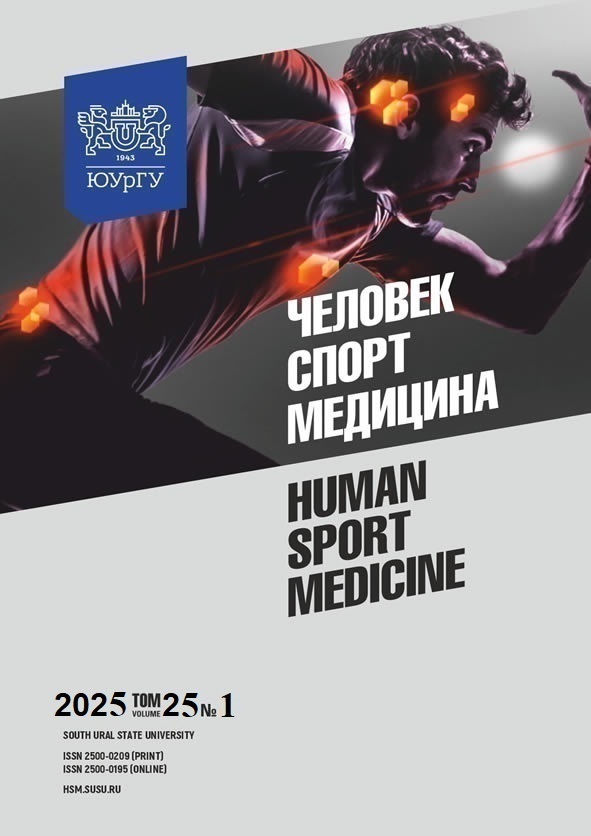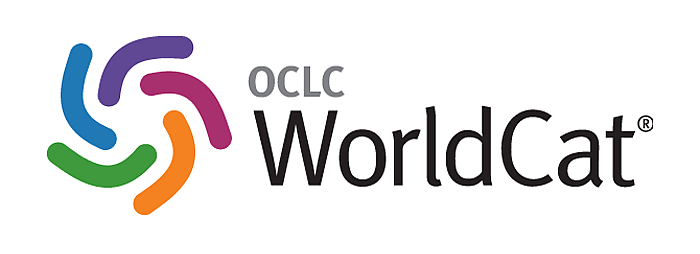ENHANCING PNEUMOTACHOMETRIC INDICATORS OF THE RESPIRATORY SYSTEM THROUGH MASK-ON HYPOXIA TRAINING
Abstract
Aim. The study aimed to evaluate the effect of mask-on hypoxia training on pneumotachometric indicators of the respiratory system and their influence on endurance development. Materials and methods. This 7-month study involved 68 male university students divided into two groups of 34 participants each. Both groups performed identical physical exercises, with a focus on running (approximately 55% of total exercises). The control group performed exercises with a weighted vest, while the experimental group trained under hypoxic conditions. Results. The experimental group demonstrated significant improvements in pneumotachometric indicators, with inspiratory flow increasing by 0.9 L/s and expiratory flow by 1.1 L/s on average. In contrast, the control group demonstrated smaller increases of 0.2 and 0.3 L/s, respectively. The Flack test results revealed a greater increase in the experimental group (2.5 bpm) compared to the control group (0.6 bpm). However, in endurance running, despite superior cardiorespiratory development in the experimental group, performance outcomes were lower than those of the control group. The experimental group improved by 3.2 seconds in the 300-m run and by 207 meters in the Cooper test, while the control group improved by 4.1 seconds and 229 meters, respectively. Conclusions. Mask-on hypoxia training significantly enhances pneumotachometric indicators of the respiratory system, likely due to the strengthening of respiratory muscles. While regular mask-on hypoxia training develops the cardiorespiratory system, this does not guarantee the enhancement of running endurance.
References
References on translit















